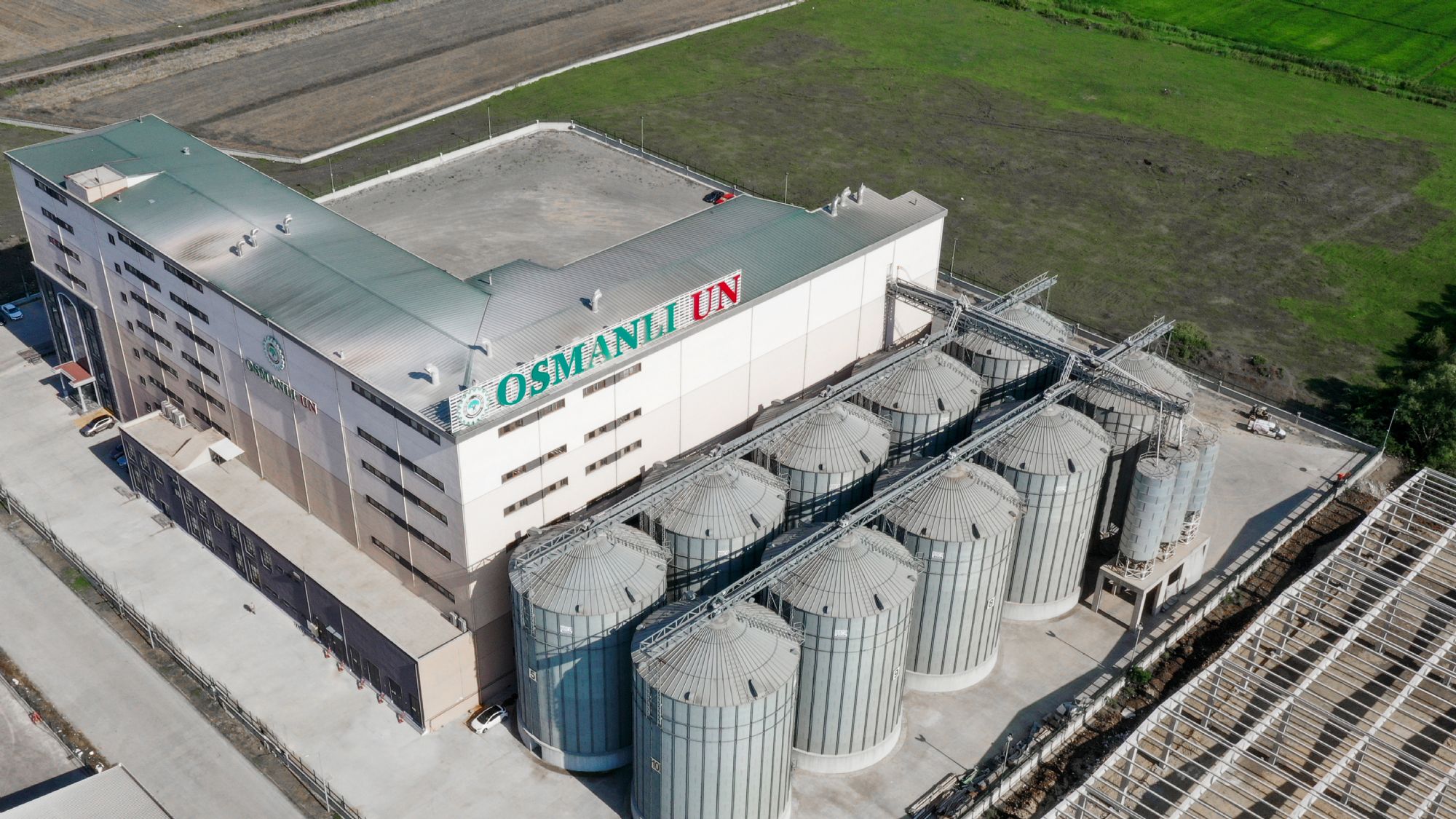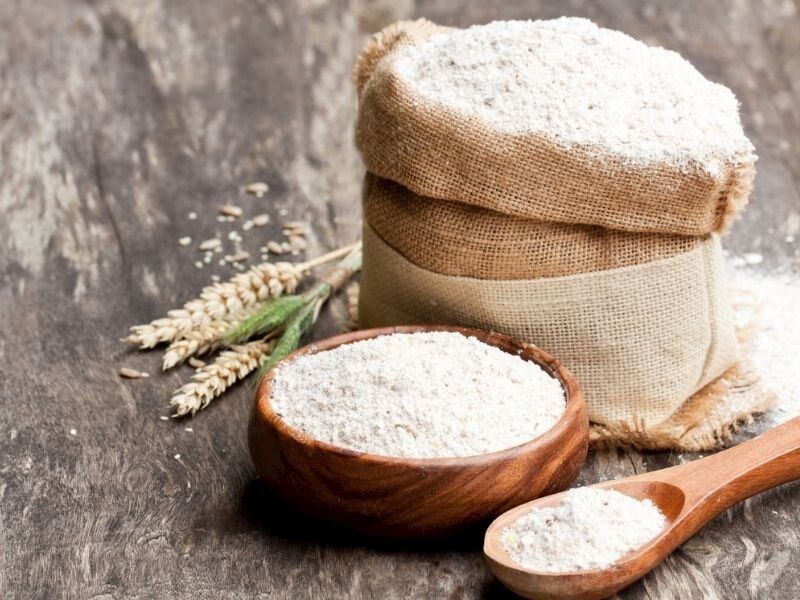6 Aralık 2021 Pazartesi
Flour is a valuable product obtained by grinding grains and is the first food used by modern humans.
Flour is a valuable product obtained by grinding grains and is the first food used by modern humans. It was discovered in the 9000s. Who would have thought that the fate of humanity would change with the grinding of particles that our bodies cannot normally digest? If the wheat had not been ground, now there would be neither cake, pastry nor bread. The first civilization to grind wheat was the Romans, who used conical mills. It is known that the first mills known in history were in Central Anatolia. In 1879, at the beginning of the industrial revolution, the first steam mill was built in London. In the 1930s, some flours began to be fortified with iron, niacin, thiamine, and riboflavin. In the 1940s, mills began fortifying flour, and in the 1990s folic acid was added to the list.
A very important problem arose during the Industrial Revolution: the storage and preservation of flour. The distance to which the flour was to be transported and the relatively slow distribution system of that period shortened the natural shelf life of the flour. The reason why flour has a limited shelf life is the fatty acids found in wheat germ and react instantly with oxygen. This process starts while the wheat grain is being milled, and the more the fatty acids are oxidized, the more bitter the flour becomes and spoiled. Depending on the climate and the quality of the wheat, this process takes 6 to 9 months. In the late 19th century, this period was too short for industrial production and later distribution of the product. As vitamins, micronutrients and amino acids were not well known in the late 19th century, the best solution was to remove the seed. Because the oxidation of fatty acids cannot be in question in the flour produced without the seed containing most of the oil that wheat has. This made flour made from seedless wheat the standard. The use of seedless wheat in flour production started from populated areas and reached the countryside almost a generation later.
Most of the components that make up the nutritional value of wheat are present in the bran and germ. Bran contains insoluble fibers (important for our digestive system), proteins lacking one or more essential amino acids, and trace amounts of B vitamins and iron. The seed is the part of the wheat kernel with the highest nutritional value. The seed contains the protein vitamin E, almost all B vitamins (including folic acid), carotene and other antioxidants, as well as omega-3 fatty acids. The floury pulp, which forms the largest part of the wheat kernel, contains carbohydrates, protein deficient in one or a few essential amino acids, and trace amounts of vitamins and minerals.
A very important problem arose during the Industrial Revolution: the storage and preservation of flour. The distance to which the flour was to be transported and the relatively slow distribution system of that period shortened the natural shelf life of the flour. The reason why flour has a limited shelf life is the fatty acids found in wheat germ and react instantly with oxygen. This process starts while the wheat grain is being milled, and the more the fatty acids are oxidized, the more bitter the flour becomes and spoiled. Depending on the climate and the quality of the wheat, this process takes 6 to 9 months. In the late 19th century, this period was too short for industrial production and later distribution of the product. As vitamins, micronutrients and amino acids were not well known in the late 19th century, the best solution was to remove the seed. Because the oxidation of fatty acids cannot be in question in the flour produced without the seed containing most of the oil that wheat has. This made flour made from seedless wheat the standard. The use of seedless wheat in flour production started from populated areas and reached the countryside almost a generation later.
Most of the components that make up the nutritional value of wheat are present in the bran and germ. Bran contains insoluble fibers (important for our digestive system), proteins lacking one or more essential amino acids, and trace amounts of B vitamins and iron. The seed is the part of the wheat kernel with the highest nutritional value. The seed contains the protein vitamin E, almost all B vitamins (including folic acid), carotene and other antioxidants, as well as omega-3 fatty acids. The floury pulp, which forms the largest part of the wheat kernel, contains carbohydrates, protein deficient in one or a few essential amino acids, and trace amounts of vitamins and minerals.
 Production FacilityAccordingly, we operate with a daily capacity of 1600 tons in 3 factories as of 2019.
Production FacilityAccordingly, we operate with a daily capacity of 1600 tons in 3 factories as of 2019.
 Quality CertificatesWith its 45 years of experience, permits, awards and certificates, Osmanlı Un is always with you!
Quality CertificatesWith its 45 years of experience, permits, awards and certificates, Osmanlı Un is always with you!
 Representatives24 countries on 3 continents from the Middle East to the Arabian Peninsula and from Africa to Asia
Representatives24 countries on 3 continents from the Middle East to the Arabian Peninsula and from Africa to Asia
Our company which exports to 24 countries on 3 continents from the Middle East to the Arabian Peninsula and from Africa to Asia, increases its share in the global market every year.


